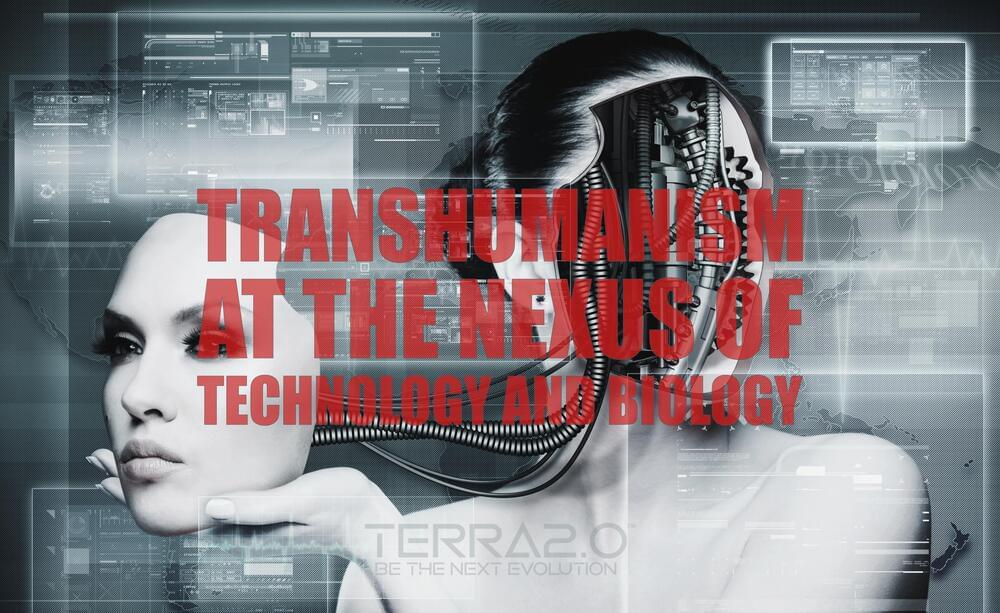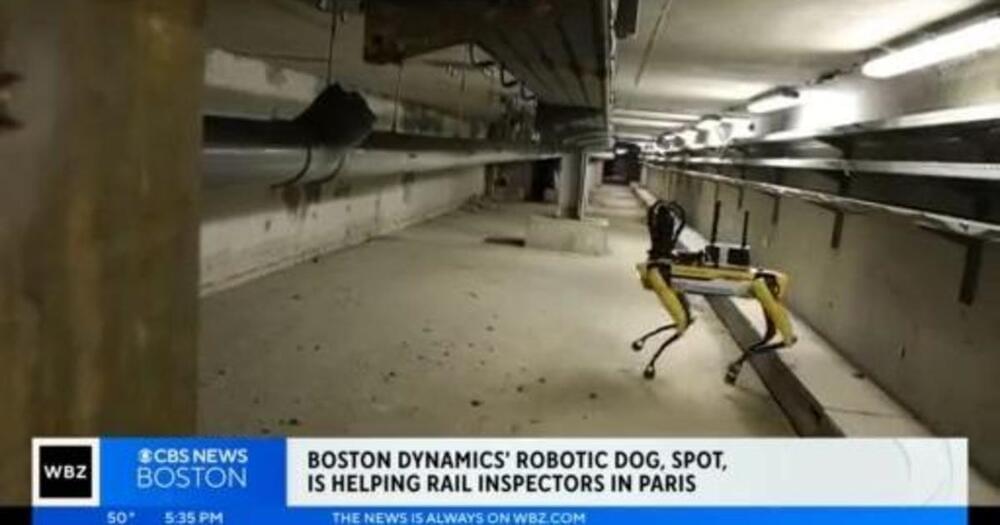Far from being a blueprint for an organism, genes are mere tools used by life’s true expert builders: cells.



R. Srikumar is Senior Vice President, Head Portfolio Group at Mphasis.
As technology advances at an unprecedented rate, it is easy to assume that all countries and regions have equal access to the latest innovations. However, that is not always the case. Emerging markets often lack the infrastructure and resources necessary to keep up with technological advancements. But instead of being left behind, these regions have embraced “leapfrog innovation” to catch up and even surpass more developed markets.
Leapfrog innovation refers to the process of bypassing traditional technologies and adopting newer, more advanced technologies to meet the specific needs of emerging markets. This approach has increasingly become the norm in some areas of Southeast Asia and Africa, where the lack of infrastructure, limited resources and rapidly growing populations have made traditional development approaches difficult to implement.
Algae, fried insects, and exotic lab-grown meat could all be on the menu.

NVIDIA ACE for Games’ suite of generative AI technologies enables more immersive and intelligent NPC game experiences. Watch the incredible demo and learn more.


In science fiction, space crews are often spared the boredom and inconvenience of long-distance space travel by being placed into a state of suspended animation. Now this goal may have come a step closer after scientists showed that hibernation can be artificially triggered in rodents using ultrasonic pulses.
The advance is seen as significant because the technique was effective in rats – animals that do not naturally hibernate. This raises the prospect that humans may also retain a vestigial hibernation circuit in the brain that could be artificially reactivated.

After two years of thoroughly exposing James on his lies regarding origin of life research, I finally got the chance to confront him live about the subject…
What happened before the Big Bang? In two of our previous films we examined cyclic cosmologies and time travel universe models. Specially, the Gott and Li Model https://www.youtube.com/watch?v=79LciHWV4Qs) and Penrose’s Conformal Cyclic Cosmology https://www.youtube.com/watch?v=FVDJJVoTx7s). Recently Beth Gould and Niayesh Afshordi of the Perimeter Institute for Theoretical Physics have fused these two models together to create a startling new vision of the universe. In this film they explain their new proposal, known as Periodic Time Cosmology.
0:00 Introduction.
0:45 NIayesh’s story.
1:15 Beth’s story.
2:25 relativity.
3:26 Gott & Li model.
6:23 origins of the PTC model.
8:17 PTC periodic time cosmology.
10:55 Penrose cyclic model.
13:01 Sir Roger Penrose.
14:19 CCC and PTC
15:45 conformal rescaling and the CMB
17:28 assumptions.
18:41 why a time loop?
20:11 empirical test.
23:96 predcitions.
26:19 inflation vs PTC
30:22 gravitational waves.
31:40 cycles and the 2nd law.
32:54 paradoxes.
34:08 causality.
35:17 immortality in a cyclic universe.
38:02 eternal return.
39:21 quantum gravity.
39:57 conclusion.
Elizabeth Gould has asked to make this clarification in the written text ” “Despite the availability of infinite time in the periodic time model, this doesn’t lead to thermalization in a typical time-evolution scenario, and therefore doesn’t, strictly speaking, solve the problem related to thermalization in the power spectrum. The reason for this is that, unlike bounce models with a net expansion each cycle, our model has an effective contraction during the conformal phases. Periodic time, therefore, has a unique character in which it reuses the power spectrum from the previous cycles, which is confined to a given form due to the constraints of the system, rather than removing the old power spectrum and needing to produce a new one.”